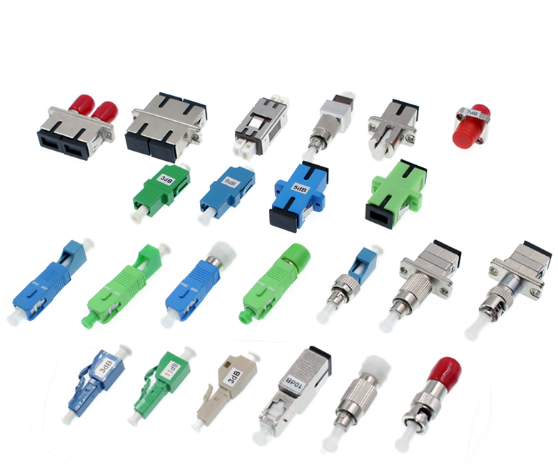
A fiber optic attenuator, also called an optical attenuator, simulates the potential loss caused by a long period of fiber. Typically, this device tests the receiver. While an optical attenuator can simulate the optical loss of a long period of fiber, it cannot accurately simulate the dispersion that would be caused by a long length of fiber.
Simply put, for a fiber optic receiver, too much light can overload it and degrade the bit error rate. To obtain the best bit error rate (BER), the light output should be reduced. Fiber optic attenuators meet the requirements perfectly. This can happen when the transmitter is providing too much power, for example when the transmitter is simply too close to the receiver.
Dimmers are like your sunglasses, which absorb extra light energy and protect your eyes from glare. Attenuators normally have a range of working wavelengths in which they also absorb solar energy.
An essential characteristic of a good fiber attenuator is that it should not reflect light, but should absorb extra light without being damaged. Since the light power used in fiber optic communications is quite low, they could generally be absorbed without noticeably damaging the attenuator itself.
Attenuators are used when the signal arriving at the receiver is too strong and can overdrive the receiving elements, and attenuators can be used to test power level limits. In total, there are two scenarios in which optical attenuators can play their role:
In testing the fiber optic power level, attenuators are used to temporarily add a calibrated amount of signal loss to test the power level margins in a fiber optic system.
Optical attenuators are permanently installed in a fiber optic link to properly match the signal levels to the transmitter and receiver.
There are two types of fiber optic attenuators: fixed value attenuators and variable optical attenuators.
Fixed value attenuators have fixed values specified in decibels. Their applications include telecommunications networks, fiber optic test benches, Lan (LAN) and CATV systems. For example, a -3 dB attenuator should reduce the output concentration by 3 dB (50%). The attenuation value of the fixed attenuator cannot be changed. The attenuation is expressed in dB. The operating wavelength of optical attenuators should be specified for this nominal attenuation, since the optical attenuation of a material varies with wavelength. Fixed value attenuators consist of two broad groups: the in-line type and the connector type. The in-line type looks like a normal fiber patch cable; has a fiber cable terminated by two connectors, the types of which you will specify. The connector type attenuator looks like a loose head fiber connector, it has a male end and a female end. It mates with normal connectors of the same type, such as FC, ST, SC and LC.
Variable optical attenuators are available in a variety of designs. They are typically used for testing and measurement, but they are also widely used in EDFAs to equalize the power of the sun between different channels. A type of variable optical attenuator is realized on the D-shaped fiber as a type of evanescent field device. If the loose outer material, the refractive index of which is greater than the effective mode index, replaces part of the coating accessible by the evanescent field, the mode may lose and part of the optical power may be radiated. If the index of the outer material could be changed by a controllable means, with effects such as thermo-optic, electro-optic or acoustic-optic, a controllable attenuation device can be realized.
Other types of variable optical attenuators include air gap, clip-on, 3-stage, and more.
Contact: Andy Huang
Phone: 0086-755-89239407
E-mail: sales@beskco.com
Add: No.3106,Longgang Avenue,Pidi Town, Longgang District, Shenzhen China
We chat